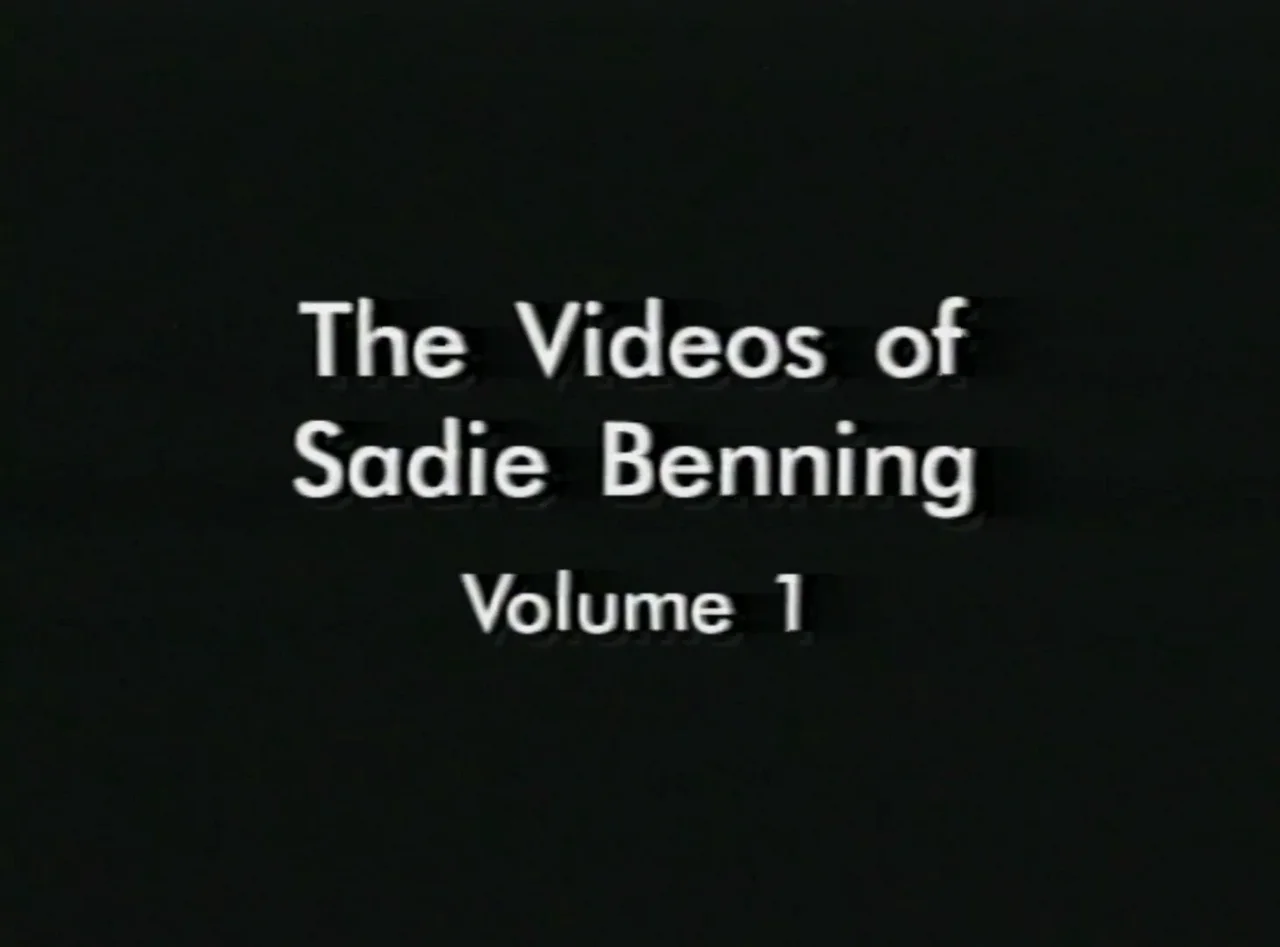Published By
Created On
12 Nov 2022 03:14:36 UTC
Transaction ID
Cost
Safe for Work
Free
Yes
8 Shorts By Sadie Benning (1989-92)
Sadie T. Benning (born April 11, 1973) is an American artist, who has worked primarily in video, painting, drawing, sculpture, photography and sound. Benning creates experimental films and explores a variety of themes including surveillance, gender, ambiguity, transgression, play, intimacy, and identity. They became a known artist as a teenager, with their short films made with a PixelVision camera that have been described as "video diaries".
Included works:
A New Year (1989):
Sadie Benning’s first film. A version of the teenage diary, Benning places her feelings of confusion and depression alongside grisly tales of tabloid headlines and brutal events in her neighborhood.
Living Inside (1989):
When she was 16, Benning stopped going to high school for three weeks and stayed inside with her camera, her TV set, and a pile of dirty laundry. Living Inside mirrors her psyche during this time. With the image breaking up between edits, the rough quality of this early tape captures Benning’s sense of isolation and sadness, her retreat from the world.
Me and Rubyfruit (1989):
Interpretation of Rita Mae Brown’s groundbreaking lesbian coming-of-age novel Rubyfruit Jungle.
If Every Girl Had A Diary (1990):
Setting her pixelvision camera on herself and her room, Benning searches for a sense of identity and respect as a woman and a lesbian. Acting alternately as confessor and accuser, the camera captures Benning’s anger and frustration at feeling trapped by social prejudices.
Jollies (1990):
Benning gives a chronology of her crushes and kisses, tracing the development of her nascent sexuality.
A Place Called Lovely (1991):
“Nicky is seven. His parents are older and meaner.” A Place Called Lovely references the types of violence individuals find in life, from actual beatings, accidents and murders, to the more insidious violence of lies, social expectations, and betrayed faith. Benning collects images of this socially-pervasive violence from a variety of sources, tracing events from childhood: movies, tabloids, children’s games (like mumbledy-peg), personal experiences, and those of others. Throughout, Benning uses small toys as props and examples—handling and controlling them the way we are, in turn, controlled by larger violent forces.
It Wasn’t Love (1992):
The narration and intertitles describe the ultimate teenage fantasy road-trip: a female version of Bonnie and Clyde in love, in trouble, and unstoppable. With dreams of freedom, a life of crime, and the glamour of Hollywood, the film depicts the ultimate wish list of the lesbian bad girl whose life is not only constrained by school and parents, but also by the fear of a world that cannot tolerate her difference.
Girlpower (1992):
Set to music by Bikini Kill (an all-girl band from Washington), Girl Power is a raucous vision of what it means to be a radical girl in the 90s. Benning relates her personal rebellion against school, family, and female stereotypes as a story of personal freedom, telling how she used to model like Matt Dillon and skip school to have adventures alone. Informed by the underground “riot grrrl” movement, this tape transforms the image politics of female youth, rejecting traditional passivity and polite compliance in favor of radical independence and a self-determined sexual identity.
Author
Content Type
Unspecified
video/m4v
Language
English
Open in LBRY
